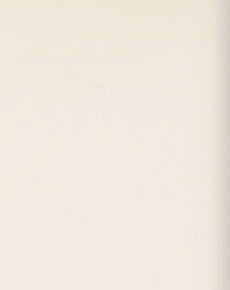
Contents
Preface ix
1 Populacho 1
2 The Contradictions of Bourbon Spain 15
3 The Caprichos 37
4 The Historic Identity of Goya 61
5 Perspective on a Public Crisis 97
6 Perspective on a Private Painter 119
7 The Disasters of War 141
8 Tragala 165 Notes 179 Bibliography 185
List of Illustrations and Acknowledgements 187 Index 189
About the Author 195
»

Preface
The framework within which I have tried to locate this essay is outlined in the final chapter: the remainder of the essay assumes empirical form. I think I have argued for a new reading of Goya in some particulars.
Four books in particular have moved my mind. I probably owe most to Edith Helman, whose precise and scholarly filigree work on the sources and hinterland of Goya’s Caprichos and on his relations with Spain’s thin but brave ranks of the eighteenth-century enlightened is a delight.
Her paramount influence in that section of the essay will be obvious and I am grateful to Joaquin Romero Maura for having introduced me to her work. To John Berger’s books I am indebted for continuous challenge and pleasure in a sense at once more general and more specific. Pierre Gassier and Juliet Wilson, in their magnificent catalogue raisonne , have at last established Goya in history. Their book is as graceful and perceptive as it is monumental and I find Pierre Gassier’s interpretation of the Black Paintings convincing. His superb edition of the drawings appeared too late for my text, but it is another majestic achievement. Francis D. Klingender’s passionate and generous study of Goya was my initiation into what has become an obsession; it is a cherished old comrade of a book. His marxism is not mine, but what apprentice ever said different to his master?
Goya’s work hardly serves as comic relief, but it is very rich, very rewarding even in its inadequacies, and I have found it peculiarly relevant. I can recommend it to anyone over forty. But be careful at forty-six: that’s when he had his breakdown.
Gwyn A. Williams